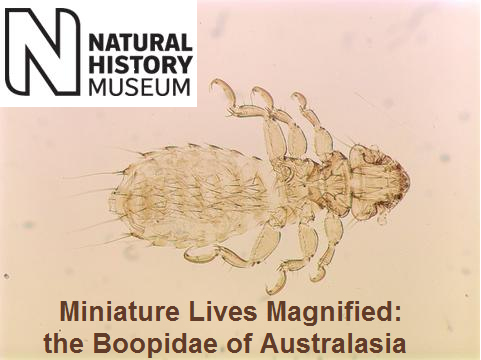Search for Belone belone returned 42 results.
Refine results
Refine results
Section
- Species (33)
- Site Page (5)
- Biodiversity Science project (2)
- Support article (2)
Lifeforms
- Crustaceans (2)
-
unranked: Belone melanotus (accepted name: Tylosurus acus)
- Record a sighting
- Synonym
-
unranked: Belonea erythropoda (accepted name: Thaumasura terebrator)
- Record a sighting
- Synonym
-
unranked: Belona argalus (accepted name: Platybelone argalus)
- Record a sighting
- Synonym
-
Support article: Uploading large datasets
BioCollect will accept data from any point in time. If you have a limited number of historical records then once you’ve set up your project you’ll be able to manually enter the data. Currently users are only able to upload one record at a time- there is no facility for users to bulk upload their own data. If you have a large number of records that would take too long to upload manually then we may be able to bulk upload the records to BioCollect for you...
-
Biodiversity Science project: VIZ Tracking Project
We collect sightings via our community of over 3000 members posting about 100 reports every week...

-
Biodiversity Science project: Miniature Lives Magnified: the Boopidae of Australasia
The Natural History Museum is on a mission to digitise the 80 million specimens in its collection. We want to make the information about the specimens we hold more openly available to scientists and the public. Among the tens of thousands of microscope slides we have digitally imaged are the Museum’s parasitic louse slide collection consisting of 70,000+ slides, of which about 600 belong to the marsupial chewing lice family (Boopidae)...

-
Site Page: Does size matter in diagnostic imaging? – Atlas of Living Australia
Posted on 25th March 2011 During a recent series of email exchanges, the subject turned to the question of the ideal size and resolution for biodiversity images. The suggestion was made that our goal should always be to capture the very highest possible resolution – and hence largest – images, using the best technology available...
-
Site Page: Deathcaps – hitchhikers rather than malicious – Atlas of Living Australia
Posted on 19th February 2012 By Sapphire McMullan-Fisher, ALA Fungimap Project Manager The recent wet summer in Canberra led to tragic consequences when a meal mistakenly containing Deathcap mushrooms was eaten: ABC online article Canberra Times online article More information about Deathcap mushrooms can be found at the Australian National Botanic Gardens Deathcap page and the Atlas’ species information page […] By Sapphire McMullan-Fisher, ALA Fungimap Project Manager The recent wet summer...
-
Site Page: ALA Update: Name matching service & what it means – Atlas of Living Australia
Posted on 3rd August 2022 We recently released a significant update to our name-matching index, to ensure the ALA taxonomy (names and classification of species) is as up-to-date as possible. Many changes occurred behind the scenes, and some may be more noticeable. Read on to find out more about the ALA taxonomy update, why we did it, and how it might impact your use of the ALA. Taxonomy is a moveable feast Like most fields of study, taxonomy is not static...
-
Support article: An Introduction to Taxonomy
Taxonomy is the science of naming, describing and classifying organisms. It underpins everything from picking out different plants at the nursery to being able to rapidly identify new invasive species. Like most fields of study, taxonomy is continuously evolving based on new scientific discoveries (new species being described), as well as techniques such as genetic sequencing and advanced imaging which can change the way researchers understand existing species...